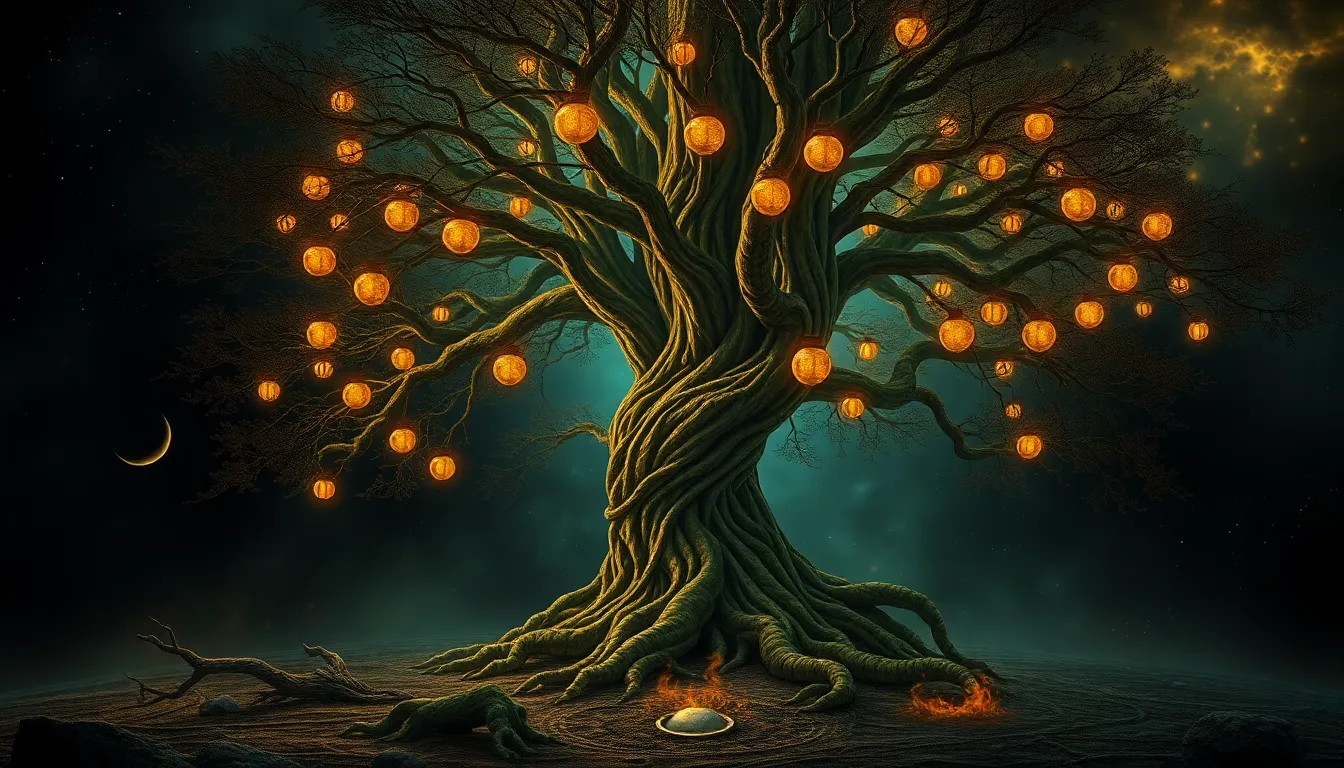Cunning Creatures: Animal Tricksters in Folklore
Introduction to Animal Tricksters in Folklore
Throughout history, cultures around the world have shared tales of cunning creatures known as tricksters. These figures often embody the archetype of the trickster, a character who uses wit and deception to outsmart others. In folklore, animals frequently take on the role of tricksters, serving as both entertaining characters and vessels for moral lessons. The importance of these tales lies not only in their narrative charm but also in their ability to reflect cultural values and human experiences.
The Universal Theme of Trickery
Trickery is a common theme found across various cultures, illustrating the universality of the trickster archetype. While the specifics of each trickster may differ, they often share several key characteristics:
- Intelligence and cunning
- A penchant for bending or breaking rules
- Ability to change forms or adapt
- Ambiguous morality, often blurring the lines between right and wrong
The moral and ethical implications of trickery in folklore are profound. Tricksters challenge societal norms, question authority, and expose hypocrisy, prompting audiences to reflect on their own values and behaviors.
Notable Animal Tricksters from Around the World
Animal tricksters appear in numerous cultures, each with unique traits and stories. Some of the most notable include:
- Coyote (Native American)
- Anansi (West African)
- Br’er Rabbit (African American)
These characters have left indelible marks on their respective cultures, often serving as humorous yet insightful reflections of human nature.
Coyote: The Shapeshifter of Native American Lore
Coyote is a prominent figure in Native American folklore, known for his cleverness and ability to shapeshift. Often portrayed as a trickster god, Coyote embodies the duality of creation and destruction. His stories frequently illustrate themes of survival, transformation, and the consequences of one’s actions.
The symbolism of Coyote extends beyond mere trickery; he represents the unpredictable aspects of life and the importance of adaptability. Through his adventures, listeners learn valuable lessons about humility, respect for nature, and the balance between chaos and order.
Anansi: The Spider with Wisdom and Wit
Anansi, the spider from West African folklore, is another iconic trickster figure. Renowned for his intelligence and resourcefulness, Anansi often outsmarts larger and more powerful opponents. His stories are rich with moral lessons, often highlighting the value of cleverness over brute strength.
Popular Anansi tales, such as “Anansi and the Moss-Covered Rock,” showcase his ability to manipulate situations to his advantage, demonstrating that wit can triumph over obstacles. Anansi’s influence extends beyond Africa, as his stories have permeated Caribbean culture and have become an integral part of oral storytelling traditions.
Br’er Rabbit: The Clever Hero of African American Folklore
Br’er Rabbit is a trickster figure rooted in African American folklore, known for his cunning and ability to escape from dire situations. The origins of Br’er Rabbit tales can be traced back to African traditions, evolving through the African American experience in the United States.
Key stories, such as “The Tar-Baby” and “Br’er Rabbit and the Briar Patch,” illustrate the clever rabbit’s ability to outsmart his adversaries, often using humor and quick thinking. The cultural context of these tales reflects the struggles and resilience of African Americans, with Br’er Rabbit serving as a symbol of hope and cleverness in the face of adversity.
The Duality of Tricksters: Heroes vs. Villains
Tricksters often embody a complex duality, acting as both heroes and villains. Their ambiguous morality allows them to navigate social norms, often challenging authority and societal expectations. This duality raises interesting questions about the nature of right and wrong.
For instance, while Coyote may engage in deceitful behavior, his actions often lead to valuable lessons for others. Similarly, Anansi’s cunning can be seen as both a means of survival and a source of trouble. This complexity makes tricksters intriguing figures who provoke thought about morality and ethics.
The Psychological and Social Functions of Trickster Tales
Trickster narratives offer insights into human behavior and societal values. Through humor and satire, these tales critique social norms and expose the contradictions present within society. Trickster stories foster resilience and cunning, encouraging listeners to embrace creativity and adaptability in their own lives.
Moreover, these narratives often serve as cautionary tales, reminding audiences of the consequences of deceit and the importance of wisdom. By engaging with trickster stories, individuals can explore their own values and the complexities of human relationships.
Modern Interpretations of Animal Tricksters
The evolution of trickster figures continues in contemporary media and literature. Modern adaptations of animal tricksters can be found in various forms, from animated films to novels. Characters like Disney’s “Zootopia” and the anthropomorphic portrayals in “The Tale of the Princess Kaguya” highlight the enduring appeal of trickster archetypes.
Recent adaptations often explore themes of social justice, identity, and resilience, reflecting the contemporary relevance of trickster figures. As society evolves, so too do the stories and representations of these cunning characters, ensuring their place in modern storytelling.
Conclusion: The Enduring Legacy of Animal Tricksters
The cultural significance of animal tricksters is profound, as they continue to entertain, educate, and inspire. Through their cleverness and cunning, these figures challenge societal norms and provide valuable lessons about morality, identity, and resilience. As we navigate the complexities of modern life, the stories of Coyote, Anansi, Br’er Rabbit, and other tricksters remind us of the power of wit, humor, and adaptability.


